A Glimpse into Victorian Beauty: Unveiling the Secrets of the Makeup Vanity
Related Articles: A Glimpse into Victorian Beauty: Unveiling the Secrets of the Makeup Vanity
Introduction
With great pleasure, we will explore the intriguing topic related to A Glimpse into Victorian Beauty: Unveiling the Secrets of the Makeup Vanity. Let’s weave interesting information and offer fresh perspectives to the readers.
Table of Content
A Glimpse into Victorian Beauty: Unveiling the Secrets of the Makeup Vanity
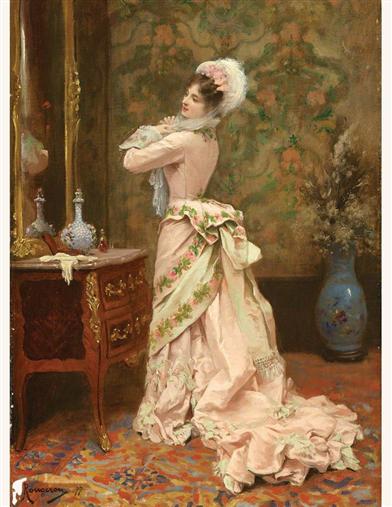
The Victorian era, spanning from 1837 to 1901, was a period of significant societal and cultural transformation. This era witnessed a burgeoning interest in personal appearance, leading to the evolution of elaborate beauty practices and the emergence of the makeup vanity as a central element in the Victorian lady’s boudoir.
The Rise of the Vanity: A Reflection of Victorian Values
The Victorian makeup vanity transcended its function as a mere storage space for cosmetics. It symbolized the burgeoning emphasis on personal grooming and the growing importance of beauty standards in Victorian society. The vanity, often crafted from luxurious materials like mahogany or rosewood, served as a testament to the owner’s wealth and social standing. Its intricate details, including inlaid mother-of-pearl, ornate carvings, and elegant mirrors, reflected the prevailing aesthetic sensibilities of the era.
Beyond Functionality: The Vanity as a Symbol of Femininity
The Victorian makeup vanity served as a private sanctuary for the lady of the house, a space where she could indulge in rituals of self-care and beauty enhancement. The act of applying makeup was not simply about enhancing physical appearance; it was seen as a manifestation of feminine grace and refinement. The vanity, with its meticulously arranged cosmetics and tools, represented a woman’s commitment to self-presentation and the cultivation of an idealized feminine persona.
The Evolution of Victorian Beauty Practices
The Victorian era witnessed a shift in beauty ideals, moving away from the pale complexion favored in earlier centuries towards a more vibrant and flushed look. The makeup vanity became an essential tool for achieving this new standard of beauty. Cosmetics, including rouge, lipstick, and eye shadow, were carefully applied to create a more natural and radiant appearance.
A Closer Look at Victorian Cosmetics
The contents of a Victorian makeup vanity were a reflection of the era’s beauty practices. Rouge, often made from crushed carmine beetles, was used to add color to the cheeks. Lipstick, made from beeswax and pigments, was applied sparingly to enhance the lips. Eye shadow, made from powdered minerals, was used to create a more defined eye contour.
Beyond Makeup: The Importance of Hair Care
The Victorian makeup vanity also served as a space for hair care. Hairdressing was a significant aspect of Victorian beauty, and the vanity often included tools for styling and maintaining elaborate hairstyles. Hairbrushes, combs, and curling irons were essential for creating intricate updos and braids, which were considered a sign of feminine elegance.
The Legacy of the Victorian Makeup Vanity
The Victorian makeup vanity continues to inspire contemporary design and remains a cherished symbol of timeless elegance. Its enduring appeal lies in its combination of functionality and aesthetic beauty. The vanity, with its intricate details and elegant design, embodies the Victorian ideal of feminine refinement and the enduring fascination with the art of self-presentation.
FAQs: Unveiling the Mysteries of the Victorian Makeup Vanity
Q: What materials were Victorian makeup vanities typically made from?
A: Victorian makeup vanities were often crafted from high-quality materials, including mahogany, rosewood, and walnut. These woods were prized for their durability, rich color, and intricate grain patterns.
Q: What were the most common types of cosmetics used in the Victorian era?
A: Victorian cosmetics included rouge for adding color to the cheeks, lipstick for enhancing the lips, and eye shadow for defining the eyes. These products were often made from natural ingredients like carmine beetles, beeswax, and powdered minerals.
Q: How did the Victorian makeup vanity differ from modern vanity tables?
A: Victorian makeup vanities were often more ornate and elaborate than modern vanity tables. They often featured intricate carvings, inlaid mother-of-pearl, and elegant mirrors. Modern vanities tend to be more minimalist and functional, focusing on practicality and storage space.
Q: What were the key beauty ideals of the Victorian era?
A: Victorian beauty ideals emphasized a pale complexion, rosy cheeks, defined eyebrows, and elaborate hairstyles. The makeup vanity played a crucial role in achieving these ideals, allowing women to enhance their natural features and create a more refined and elegant appearance.
Tips for Incorporating Victorian Style into Your Modern Vanity
1. Choose Elegant Materials: Opt for materials like wood, metal, or glass with intricate details and a timeless aesthetic.
2. Embrace Ornate Design: Incorporate elements like carvings, inlays, and decorative hardware to add a touch of Victorian elegance.
3. Add a Vintage Mirror: A vintage mirror with an ornate frame can instantly elevate the look of your vanity and add a touch of historical charm.
4. Use Vintage-Inspired Accessories: Consider incorporating antique jewelry boxes, vintage perfume bottles, or decorative trays to create a cohesive Victorian aesthetic.
5. Add a Touch of Romance: Incorporate soft lighting, delicate flowers, or vintage lace accents to create a romantic and inviting atmosphere.
Conclusion: A Timeless Symbol of Feminine Refinement
The Victorian makeup vanity stands as a testament to the enduring fascination with beauty and self-presentation. Its intricate details, elegant design, and connection to the rich history of Victorian beauty practices continue to inspire and captivate. The vanity, with its timeless elegance and enduring appeal, serves as a reminder that the pursuit of beauty is a timeless endeavor, transcending generations and cultural boundaries.

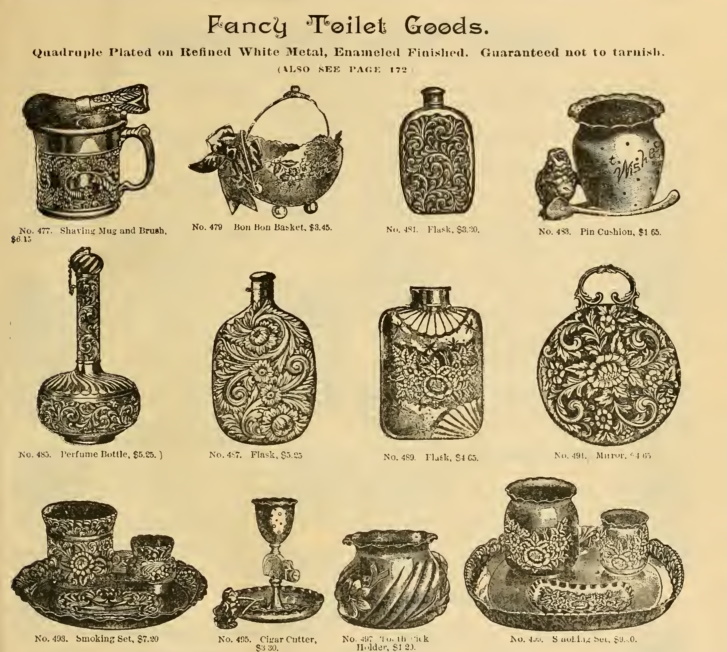
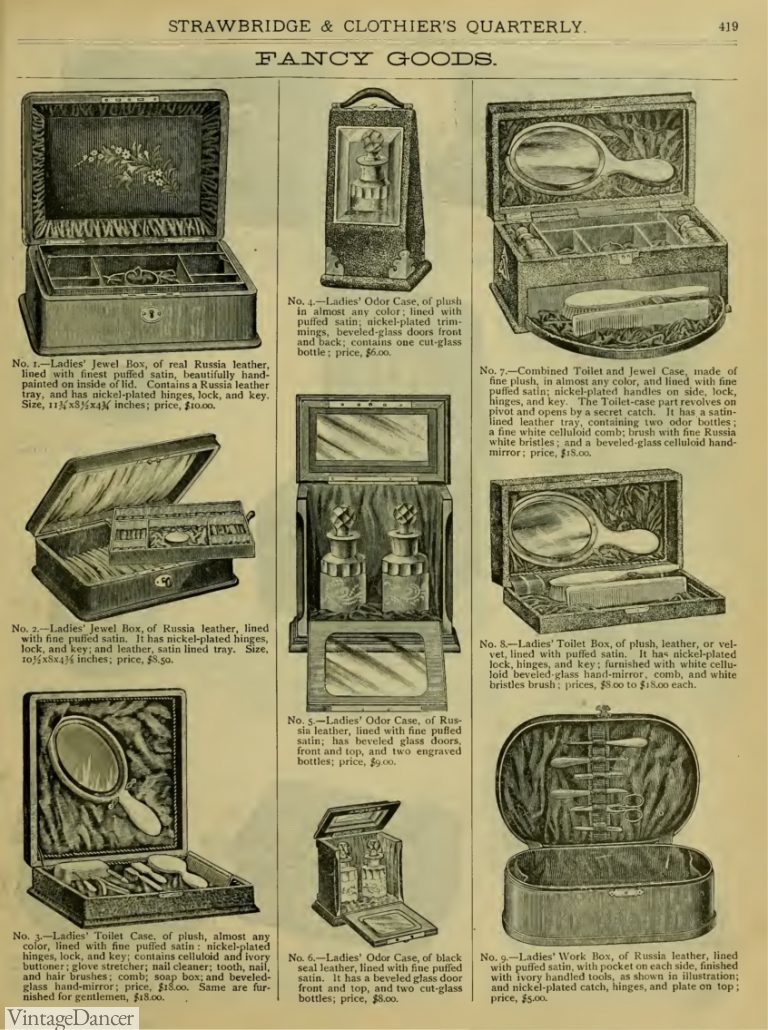
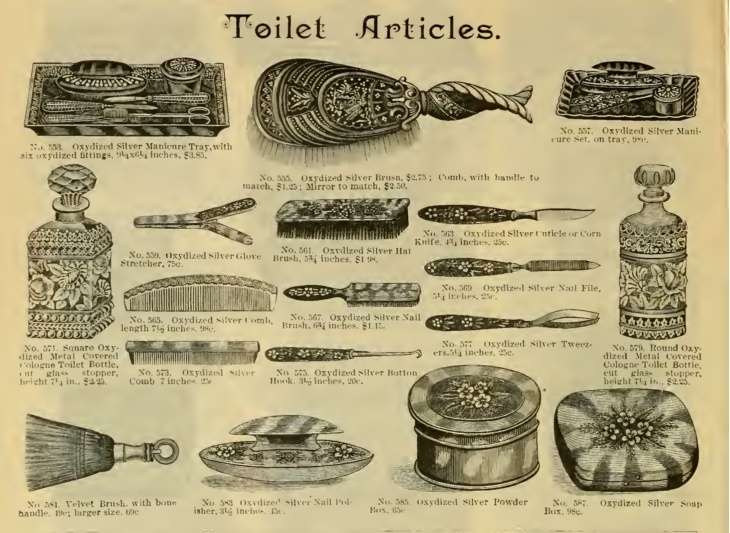
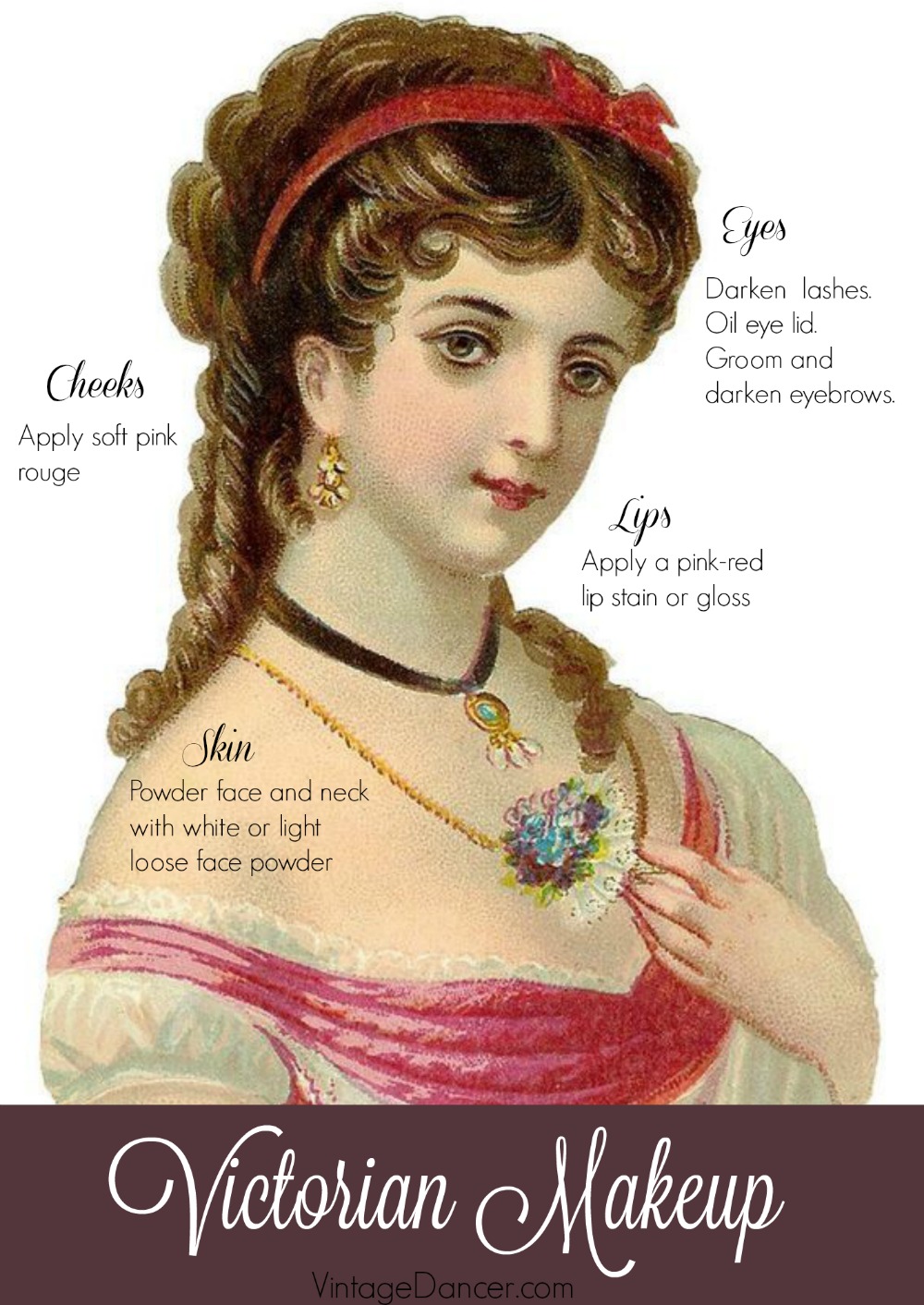
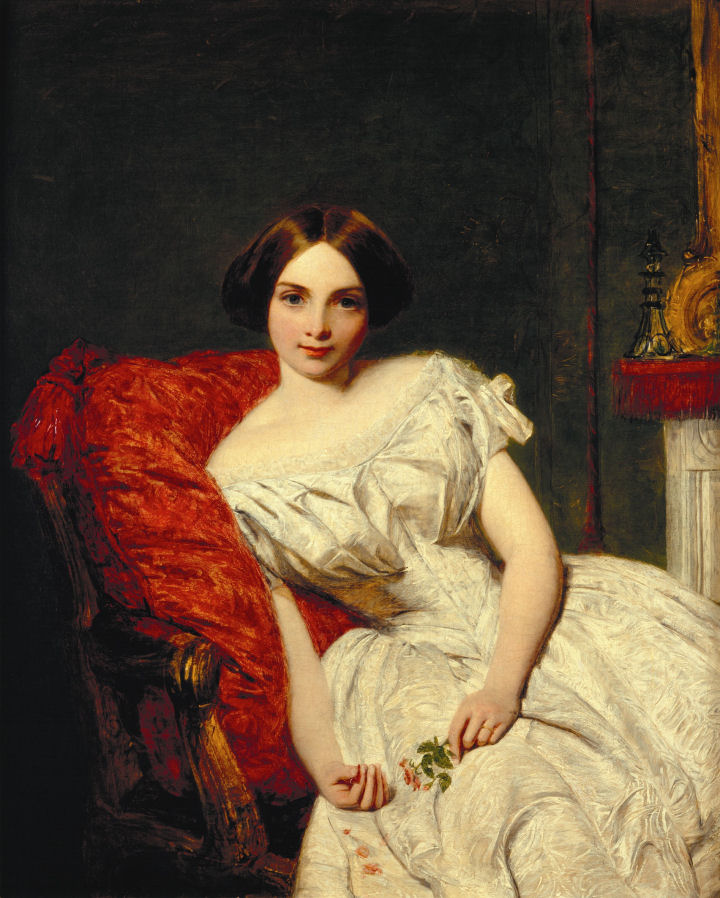
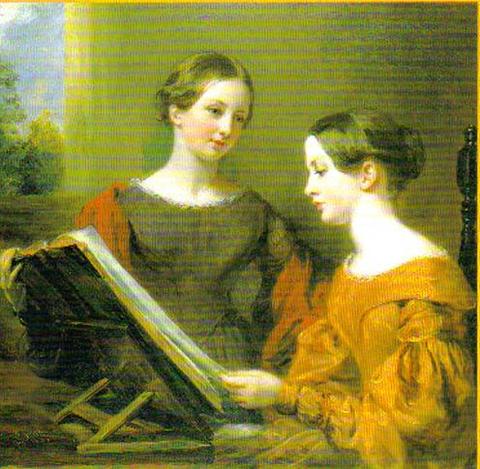

Closure
Thus, we hope this article has provided valuable insights into A Glimpse into Victorian Beauty: Unveiling the Secrets of the Makeup Vanity. We hope you find this article informative and beneficial. See you in our next article!